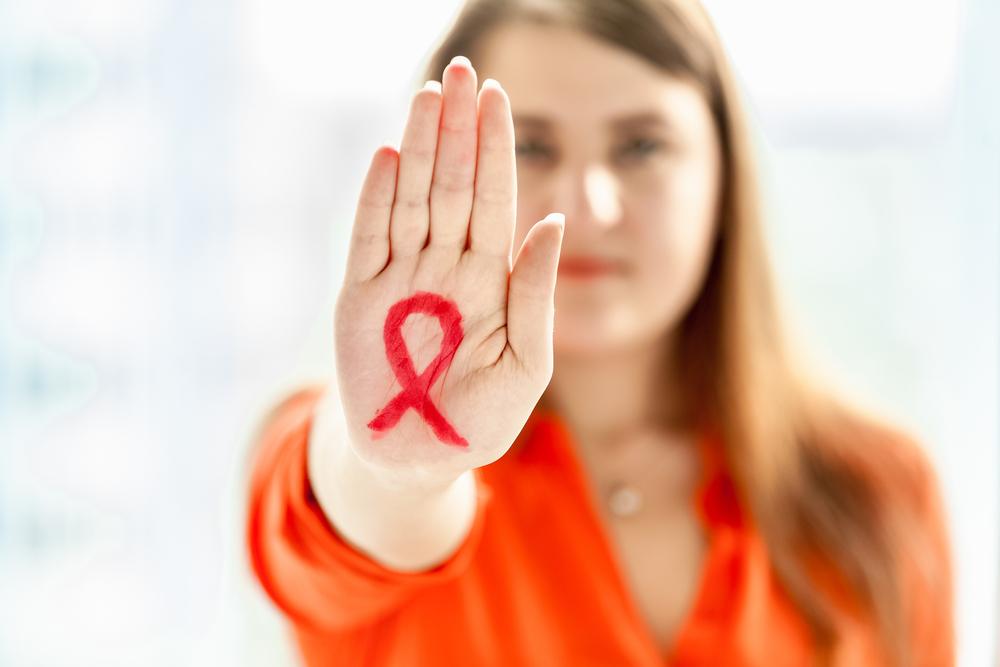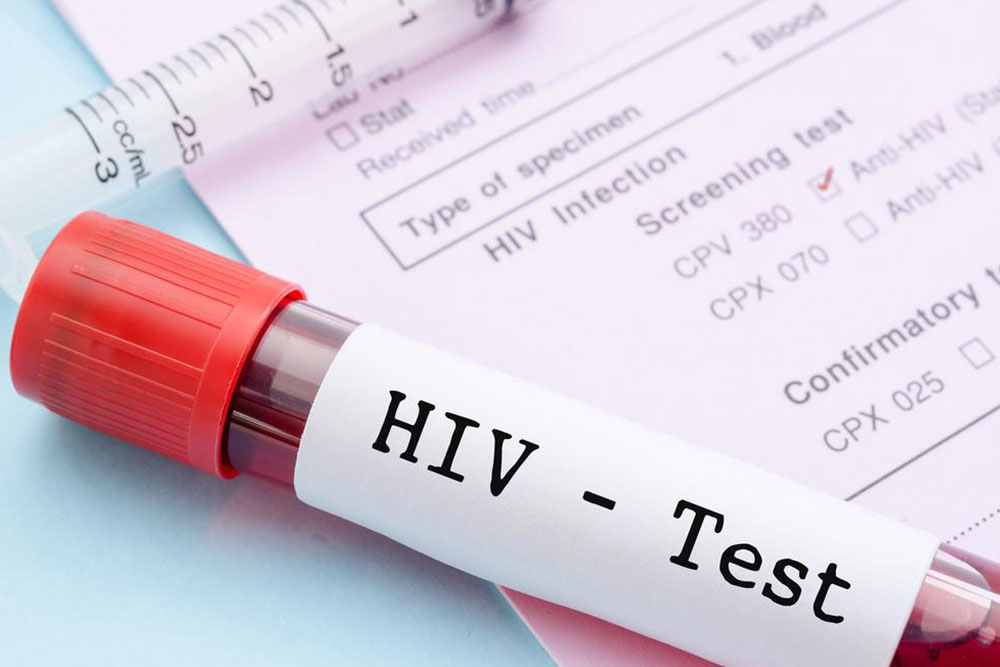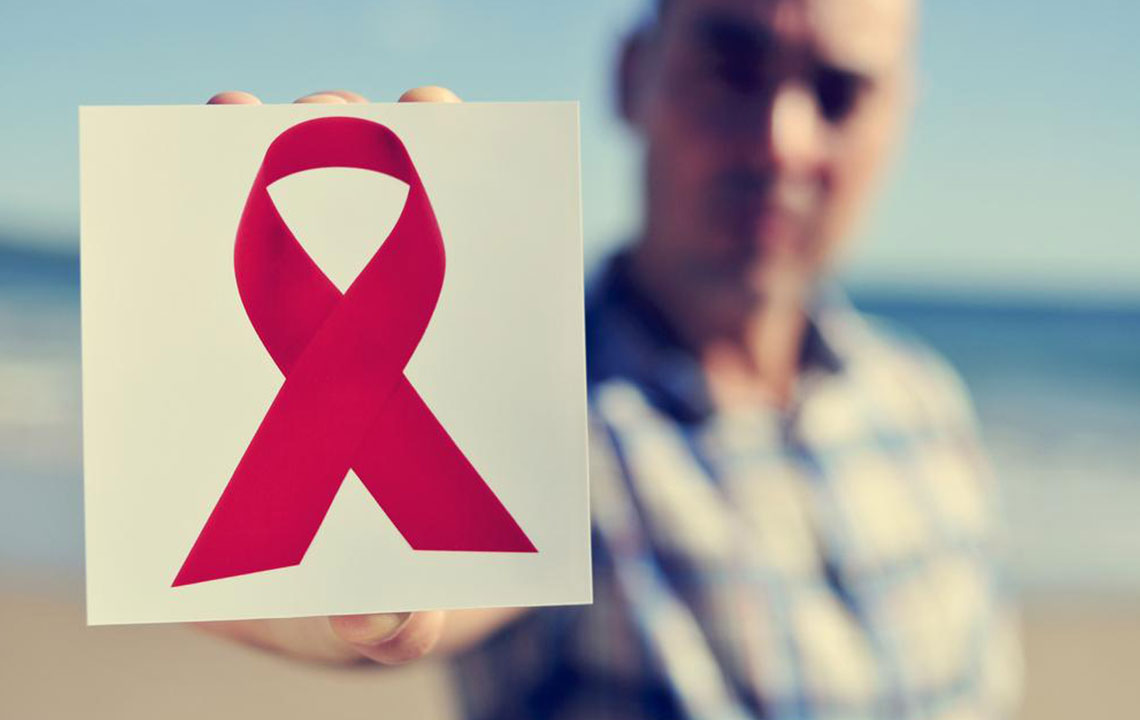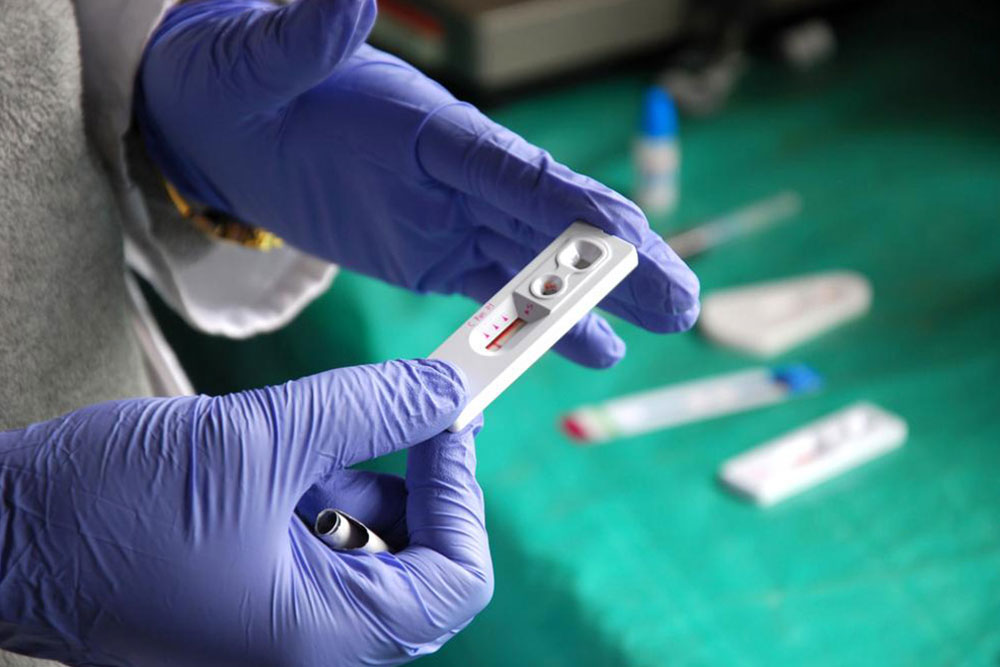Understanding HIV: Causes, Symptoms, and Treatment Options
This article offers an overview of HIV, including how it spreads, common symptoms, and available treatment options. HIV can lead to AIDS if untreated and is transmitted through bodily fluids like blood and semen. Recognizing symptoms such as flu-like illness, fever, and swollen lymph nodes is crucial. Effective medications include protease inhibitors, entry blockers, and reverse transcriptase inhibitors. Awareness and early detection are vital for managing HIV. Always consult healthcare professionals for accurate diagnosis and personalized treatment plans to prevent disease progression.
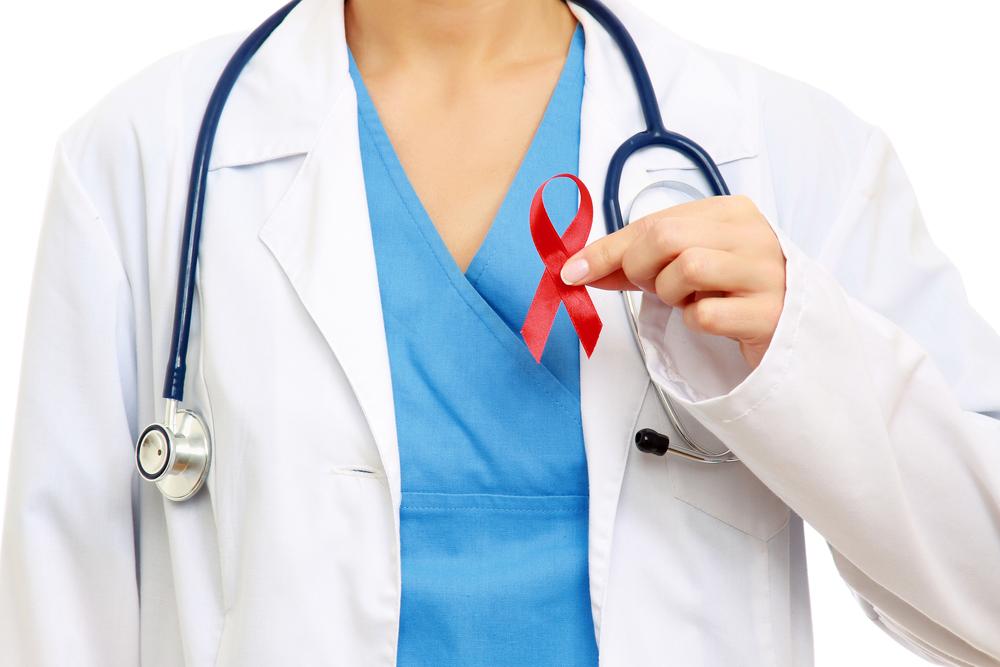
Understanding HIV: Causes, Symptoms, and Treatment Options
Human Immunodeficiency Virus (HIV) infects body fluids such as blood, semen, vaginal secretions, and breast milk. If left untreated, it can develop into Acquired Immunodeficiency Syndrome (AIDS). HIV hampers the immune system, making the body vulnerable to infections. The virus spreads mainly through unprotected sexual contact, contaminated blood transfusions, shared needles, and from mother to child during pregnancy or breastfeeding. There are two main HIV types: HIV-1, the most prevalent, and HIV-2, primarily in West Africa. Despite its contagious nature, HIV isn't transmitted via casual contact, saliva, tears, or sweat.
Causes of HIV Infection
HIV damages the immune system by reducing CD4 T cells, weakening the body's defenses.
Unprotected sexual activities with an infected person expose individuals to the virus, especially via vaginal fluids, semen, or oral secretions.
Blood transfusions lacking proper screening can transmit HIV.
Sharing non-sterilized needles used by HIV-positive individuals increases risk.
Mother-to-child transmission can occur during pregnancy, childbirth, or breastfeeding, resulting in a weakened immune system of the fetus or infant.
Recognizing HIV Symptoms
Early signs often resemble flu, including recurring fevers, severe headaches, sore throats, and rashes.
Joint pain, muscle aches, and generalized weakness may also occur.
Oral infections and diarrhea are common symptoms.
Unintentional weight loss and decreased appetite are indicative.
Lesions in the mouth and tongue are noticeable.
Swollen lymph nodes are a primary clinical indicator of HIV.
HIV Treatment Strategies
Protease inhibitors block viral proteins necessary for replication.
Entry inhibitors prevent the virus from fusing with T cells.
Integrase inhibitors stop the integration of viral genetic material into host DNA.
Reverse transcriptase inhibitors hinder the formation of viral DNA.
Nucleoside reverse transcriptase inhibitors (NRTIs) interfere with the virus's ability to multiply.


